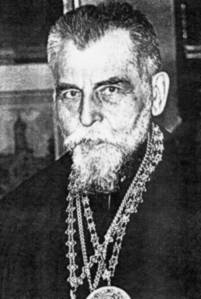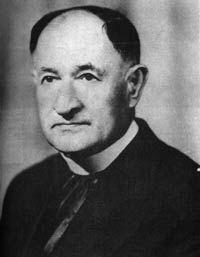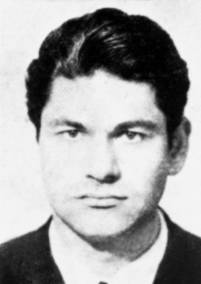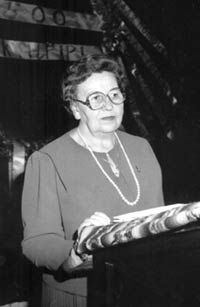After Stalin’s agreement with the Russian Orthodox Church (ROC) in 1944, the latter became an instrument of surveillance and influence over society[1]. Therefore, the Soviet authorities sought to subordinate all other denominations to the ROC or to destroy them altogether. Within the framework of this policy, the Lviv Sobor of 1946 was held, at which the Ukrainian Greek Catholic Church (UGCC) was “reunited” with the Russian Orthodox Church[2]. After the “reunification,” mass terror against Uniate clergy intensified. Metropolitan Yosyp Slipyj, bishops, and more than a thousand priests were repressed. Three thousand parishes were liquidated or forcibly “reoriented” to Orthodoxy. Many surviving representatives of the UGCC—priests and ordinary believers—went underground and conducted catacomb church services[3].
The Khrushchev Thaw brought freedom to most prisoners of conscience, but not freedom of conscience. As a result of the post-Stalin amnesty in 1956–1957, many priests returned to Western Ukraine from imprisonment and exile, including Bishops Ivan Liatyshevsky and Mykola Chernetsky. However, they were released with a prohibition on religious activity[4].
Catacomb churches and even catacomb monasteries of the UGCC were widespread throughout almost all of Western Ukraine. For example, in the spring of 1960, three women’s catacomb monasteries were discovered. The Greek Catholic movement in Western Ukraine was a mass phenomenon. The population resisted the destruction and looting of churches, the use of church premises as warehouses, and other manifestations of vandalism by the Soviet authorities. Believers organized strikes, threw out what the authorities had stored in the churches, occupied closed churches, and so on. There were attempts to defend the rights of believers through petitions, open letters, and appeals. On November 15, 1958, a priest of the catacomb Greek Catholic Church, Hryhoriy Budzinsky, appealed to the Prosecutor General of the USSR with a protest against his persecution on religious grounds. This was the first letter from H. Budzinsky to reach the West through samizdat[5].
On January 27, 1963, Metropolitan Yosyp Slipyj was released after 18 years of imprisonment and exile. After his release, he went to Vienna, from where he moved to Rome. Before emigrating, he consecrated Vasyl Velychkovsky, a former abbot of a monastery, as a bishop of the catacomb church. While in Rome, the Metropolitan, and later Patriarch and Cardinal, Yosyp Slipyj, played a major role both in drawing the attention of the world community to the problems with freedom of conscience in the USSR and, in particular, the state of the UGCC, and in supporting the morale of believers in Ukraine. His addresses and speeches are well known, such as “At the Sakharov Tribunal” in November 1977, “To Catholic Leaders” in August 1978, and “The Church of Martyrs” in July 1980[6].
The UGCC movement was widespread far beyond the territory of modern Ukraine. It was active in the diaspora—in the USA, Canada, Italy, and elsewhere, as well as in its traditional territory: in Czechoslovakia, Poland, and Romania, where policies similar to those of the USSR were pursued. Only the liberal government of the Czechoslovak Socialist Republic, led by Alexander Dubček, legalized the UGCC in January 1968 and gave permission for the restoration of the Prešov Eparchy[7].
After the “Prague Spring,” pressure on the UGCC intensified, and so did resistance to the authorities. In 1968, in the village of Tysmenytsia in the Ivano-Frankivsk region, peasants defended a church that the authorities wanted to demolish. They drove away the police and locked themselves in the church. The siege lasted for three days. For this, the “organizer of the riot,” a collective farm blacksmith named Volodymyr Vasylyk, was arrested and sentenced under Article 62 of the Criminal Code of the UkrSSR to 7 years in a strict-regime labor camp. And this was by no means an isolated case of judicial reprisal against UGCC believers. There were also other, extrajudicial repressions against Greek Catholics: the beating of priests, confiscation of church property, searches, prophylactic talks, fines, and so on. From October 1968, religious persecution intensified further. Widespread searches of Greek Catholic priests began. During the searches, all items related to religion were confiscated, and not only those, but also tape recorders, typewriters, and even money. The searches and interrogations were followed by arrests. Father Petro Horodetsky was arrested in Lviv, and Father Roman Bakhtalovsky in Kolomyia. In January 1969, Bishop Vasyl Velychkovsky was arrested[8]. In October of the same year, he was sentenced to 3 years of imprisonment under Article 187-1 of the Criminal Code of the UkrSSR. Father Petro Horodetsky received the same sentence. Father Roman Bakhtalovsky was sentenced under Articles 62, Part 1, and 209, Part 1, of the Criminal Code of the UkrSSR to 3 years in a strict-regime corrective labor colony and 5 years of exile[9].
Despite the repressions, the number of UGCC priests increased, as did the number of catacomb services, monasteries, and so on. The number of petitions also grew. In 1973, a Catholic priest, Volodymyr Prokopiv, who lived in Lithuania, traveled to Moscow with a delegation of Greek Catholics. They submitted a petition for the legalization of the UGCC, which was signed by 12,000 believers from Western Ukraine[10]. In 1973, the KGB uncovered an underground printing press for Ukrainian Catholic literature. That same year, the Central Committee of the Communist Party of Ukraine considered the issue of the catacomb UGCC’s activities in Ukraine, as a result of which the authorities adopted additional measures to combat believers, for example, the destruction of holy places—pilgrimage sites for Greek Catholics[11].
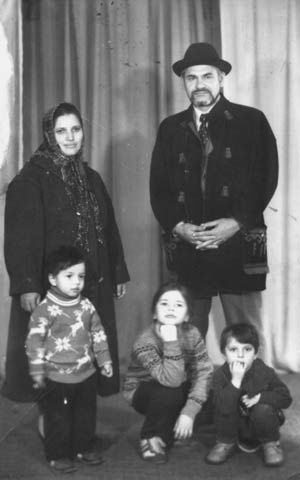
Despite the repressions, the UGCC movement did not subside throughout the entire period of Soviet rule.
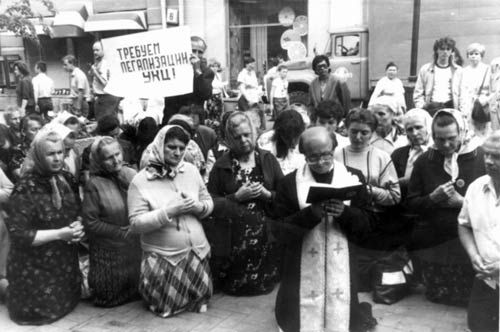
[1] Ibid., p. 190.
[2] *Martyrology of the Ukrainian Churches (MUC)*, in 4 vols., vol. 2, *The Ukrainian Catholic Church*, p. 74.
[3] Ibid., pp. 73–83.
[4] Ibid., p. 83.
[5] Ibid., pp. 83–84.
[6] Ibid., pp. 752–766.
[7] Ibid., p. 86.
[8] Ibid., p. 88.
[9] Danyliuk, Y., Bazhan, O. *Opozytsiya v Ukraini (druha polovyna 50-kh – 80-ti rr. XX st.)* [Opposition in Ukraine (Second Half of the 1950s–1980s)]. Kyiv: Ridnyi krai, 2000, pp. 262–263.
[10] MUC, vol. 2, *UCC*, p. 90.
[11] Ibid., pp. 89–90.
[12] Ibid., pp. 651–665.
[13] Ibid., p. 97.
[14] Danyliuk, Y., Bazhan, O. Op. cit., pp. 262–263.
[15] MUC, vol. 2, *UCC*, p. 98.
